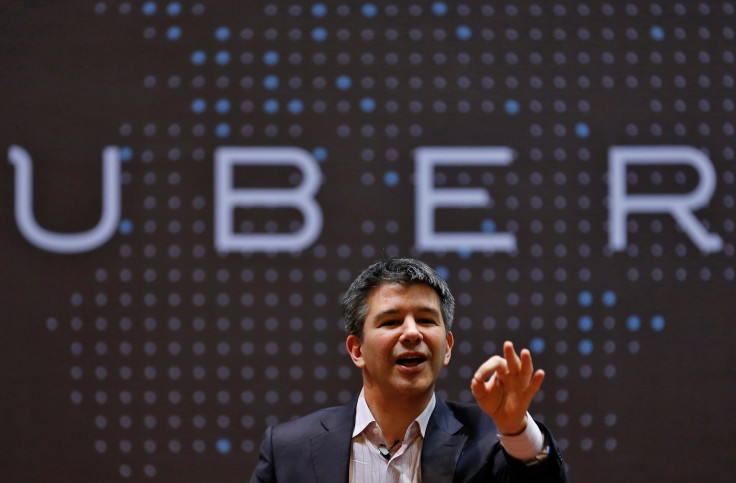Uber Diversity Report: Just 1% Of Company’s Tech Workers Are Black And 2% Are Hispanic

Following a series of scandals leading many riders to “#DeleteUber,” the San Francisco-based ride-sharing service released its diversity report Tuesday, and the numbers didn’t necessarily cast the company in a better light, despite marking a departure from its history of denying demographic data even to its in-house recruiters.
Uber Technologies Inc.’s gender disparity—overall, the company was about 64 percent male and 36 percent female—made headlines, but a closer look at its U.S. racial and ethnic breakdown also yielded results far from the country’s demographic distribution. (The data only refers to company employees, and not drivers, who are considered contractors.)
Read: Uber Troubles Continue, Company Closes Shop In Denmark
Close to half of Uber’s overall employees were white, compared to about 31 percent who were Asian, less than 9 percent who were African American and 5.6 percent who were Hispanic. When the scope is narrowed to tech workers within the company, just 1 percent were black and 2.1 percent were Hispanic, compared to 46 percent who were white and 48 percent who were Asian. Among Uber’s customer support employees, just 5 percent were Asian, more than a third were African American, over 15 percent were Hispanic and more than 37 percent were white.
White employees made up 77 percent of company leadership in the U.S., while one in five company leaders were Asian, 2.3 percent were black and less than 1 percent were Hispanic.
For comparison, the U.S. population was 61 percent white, 12 percent black, 18 percent Hispanic and 6 percent Asian as of 2015. But the tech industry, for another comparison, also heavily skews white and male.
Read: Uber Self-Driving Cars Pulled Off Roads After Car Crash In Arizona
Women were also scarce among Uber’s tech workers, making up just over 15 percent, but made up about half of customer support workers and over 44 percent of non-tech workers. Within company leadership, they represented 22 percent of employees.
Numbers aside, the company’s names for so-called “employee resource groups” for minorities at the company, which used names like “Los Ubers,” “Shalom” and “UberHUE,” faced some backlash—or at least mocking—on Twitter.
I truly cannot believe this is real.https://t.co/ATcEvvoajl pic.twitter.com/VkPppVNQnz
— Ben Collins (@oneunderscore__) March 28, 2017
not sure using terms like "Jewber" and "UberHUE" really help make the point that Uber is welcoming diversity: https://t.co/5IJqavIz7g pic.twitter.com/4RTRZvU4RY
— lisa fischer (@HeyLisaMichelle) March 28, 2017
© Copyright IBTimes 2024. All rights reserved.





















